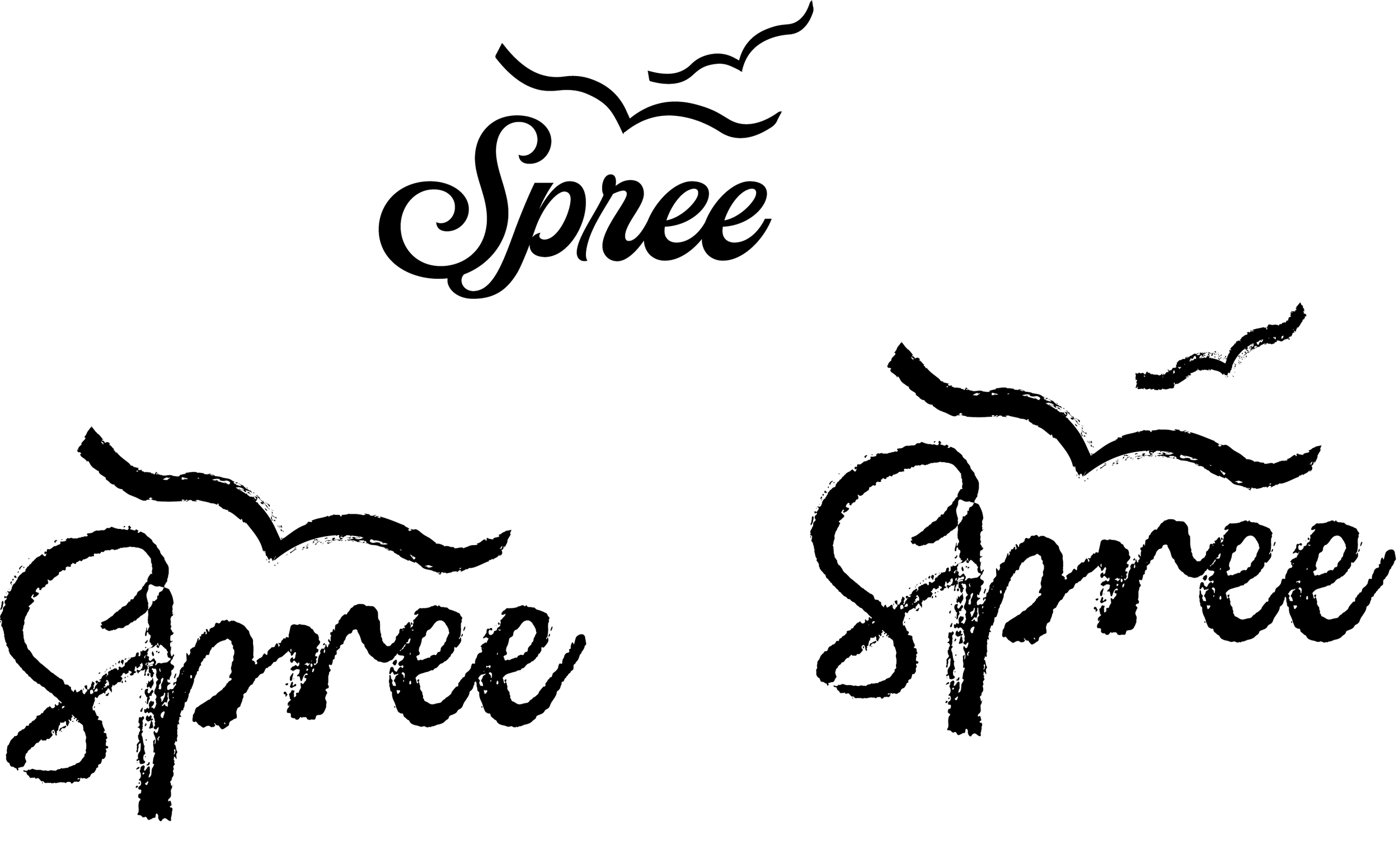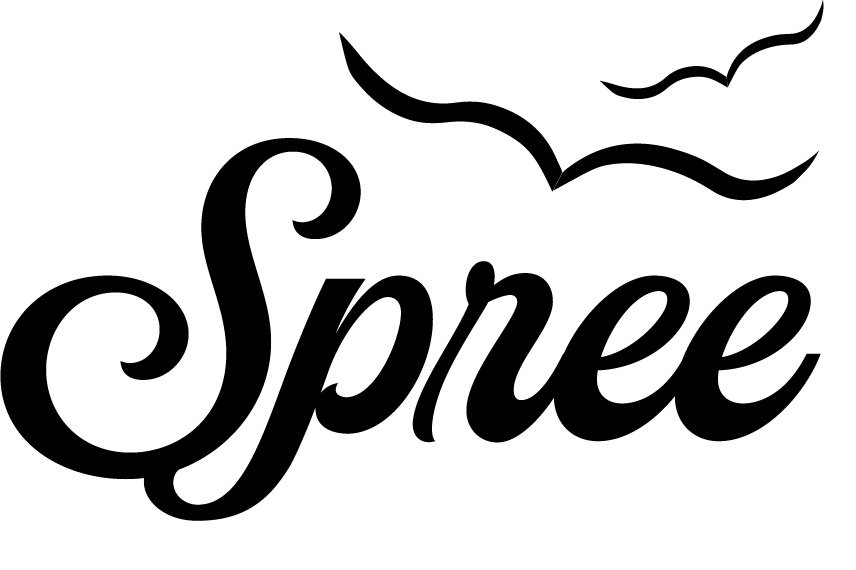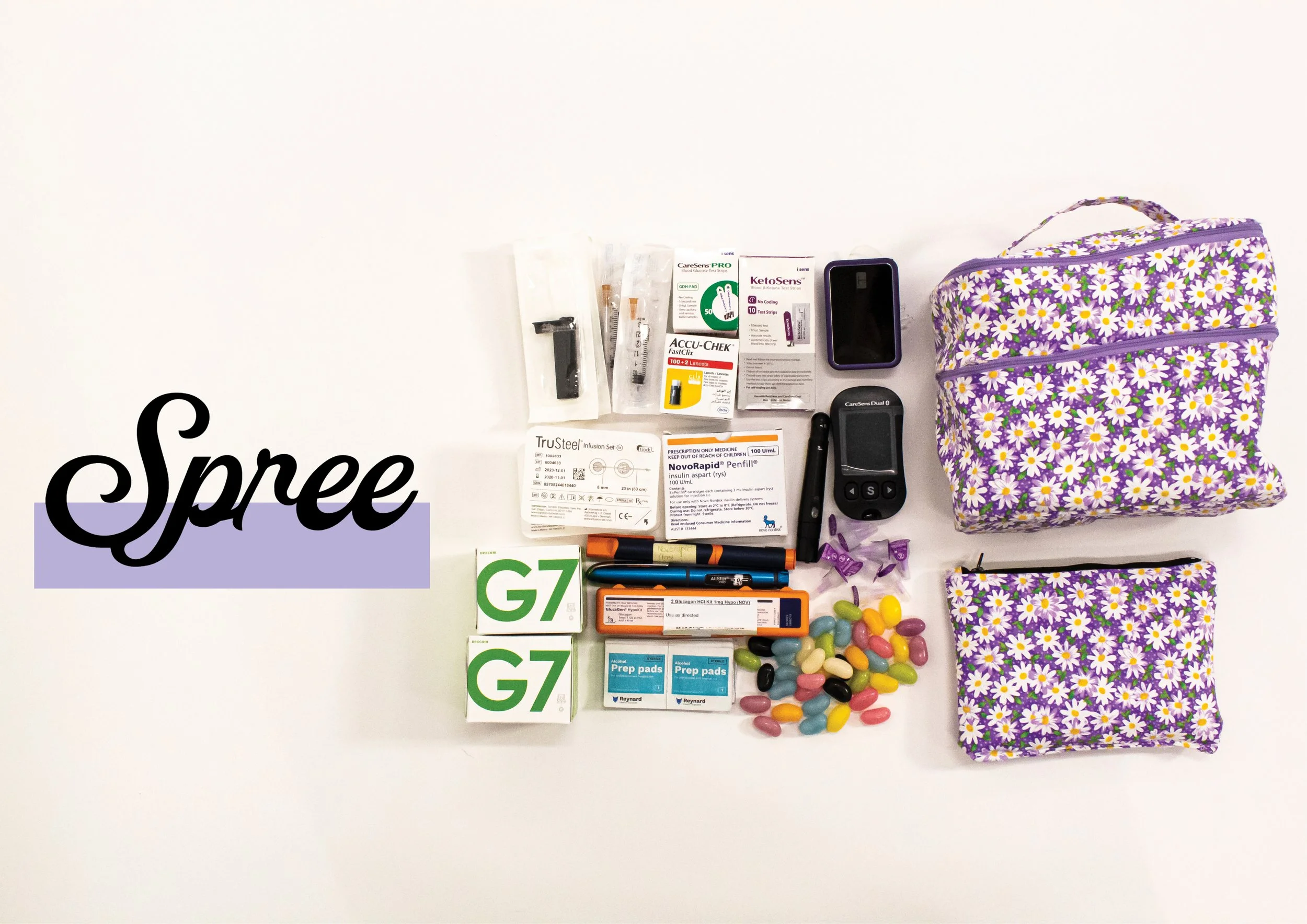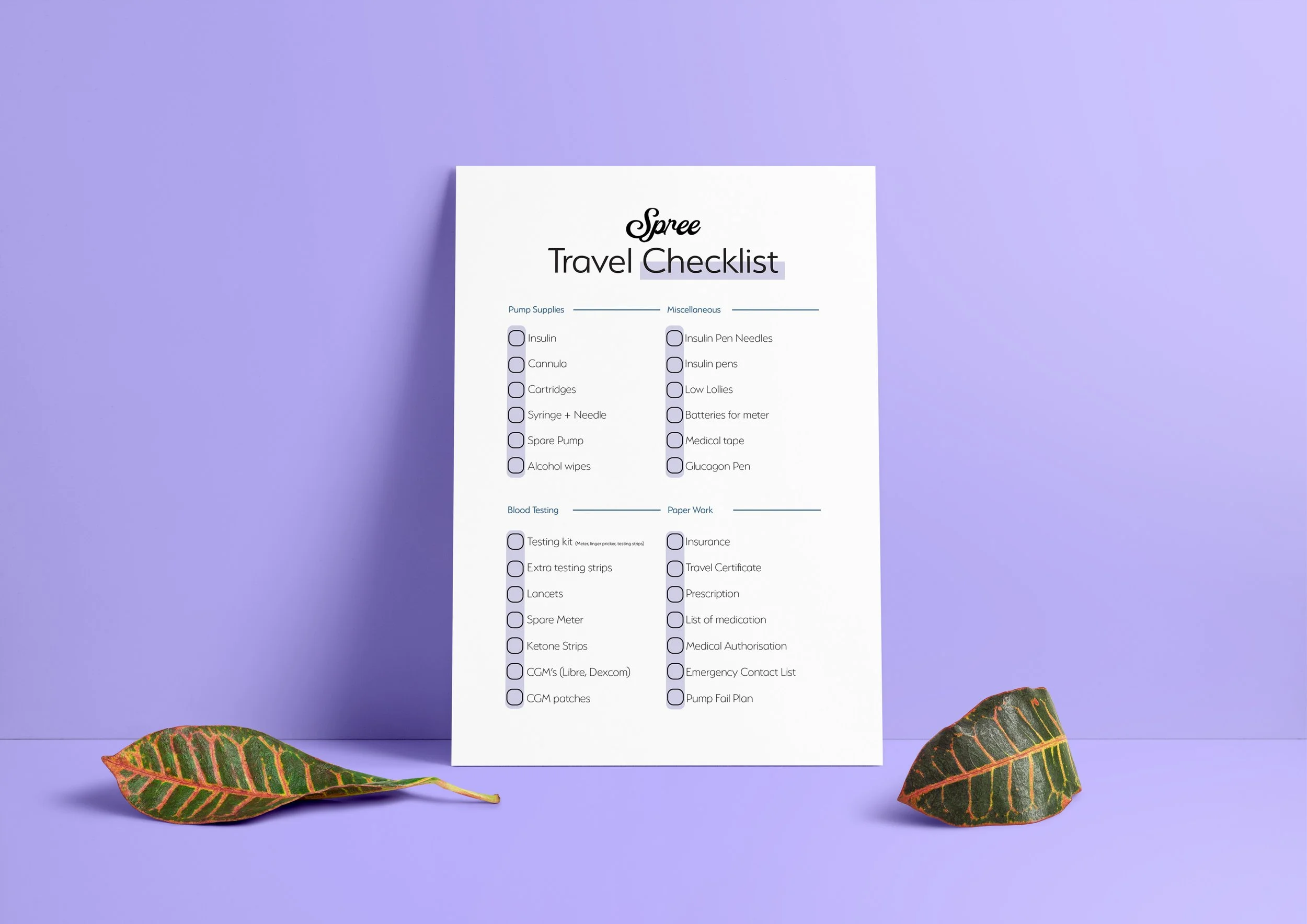
Spree
Branding + Product Design
A Diabetes Travel Kit
Welcome to Spree! I am a type one diabetic, and I have been since I was 9, I use a pump and a CGM and I was planning my first trip overseas shortly before starting this project. I noticed I was becoming increasingly nervous about travelling overseas, as I was worried about forgetting essential diabetes supplies, having my supplies removed from my care or even losing my supplies while travelling. And after discussing with other Type 1 Diabetics I realised I wasn’t the only one.
I thought that the best way to remedy this would be to create a travel kit. It’s a two-tiered bag, with a cooling pouch, and a checklist. The travel kit ensures all diabetes supplies stay together, that insulin is kept within the manufacturer’s temperature guidelines and that nothing is forgotten. I took the time to design, test and sew the kit myself.
My research centred around the amount of people worldwide who have Type One Diabetes, and the percentage of those people who were diagnosed at the age of 30 or under.
I also looked into the biggest fears that Type 1 Diabetic travellers have when travelling, the recommended temperature to store insulin, and how many people in the world use insulin therapy to manage their diabetes.
Upon further in-depth research, I found that the average time someone would travel away from home was a week. Using this information I based the size of the travel kit on the amount of supplies someone would need while away for a week.
I also took into consideration that if someone was going away they would have zero access to any extra supplies, therefore the kit would need to have space for not just a week's worth, but backups too. The image to the left is what a week's worth of diabetes supplies looks like, these supplies also display backup plans if something were to fail.
Logo Development & Branding
The branding was built around a sense of freedom and possibility, which is why I chose birds and script typography. Both symbolise being unrestrained, open, and limitless.
The name Spree came from the phrase “shopping spree,” with its meaning of unrestrained activity. That perfectly reflects the purpose of the travel kit, to encourage freedom, adventure, and the ability to live fully without being held back by diabetes.












